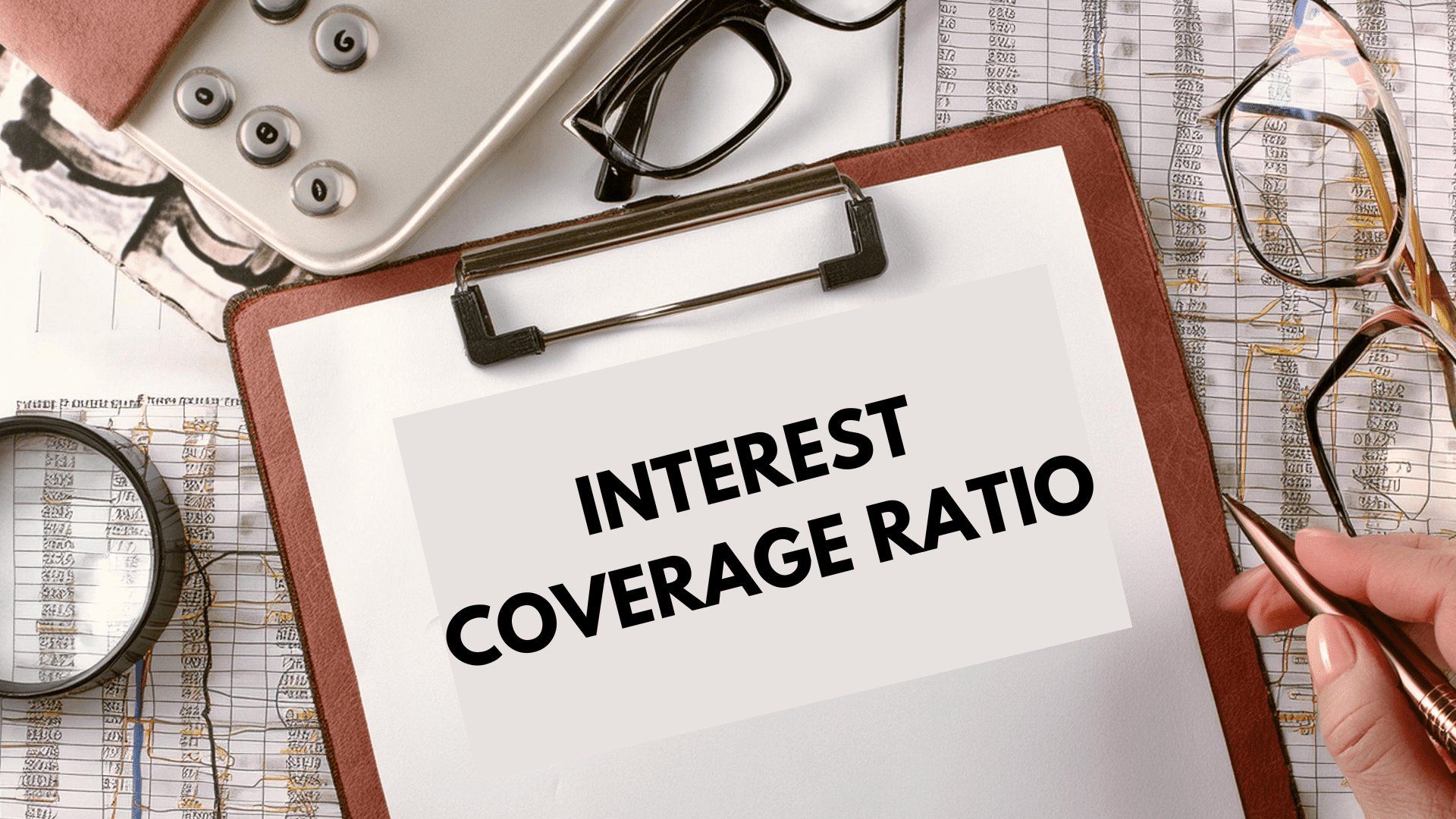Introduction In the complex world of business finance, understanding and managing the Interest Coverage Ratio (ICR) is crucial for any company’s fiscal health. The ICR is a critical financial metric used by banks, investors, and company management to assess a company’s ability to meet its debt obligations. In this comprehensive guide, we’ll dive into what the ICR is, how to calculate it, interpret its values, and strategies to improve it.
What is Interest Coverage Ratio? The Interest Coverage Ratio is a debt and profitability ratio that gauges a company’s ability to pay interest on its outstanding debt. This ratio is particularly important for companies taking long-term loans or making financial projections for future projects. It is a key factor in determining whether a company can raise long-term finance or extend existing credit facilities.
How to Calculate the Interest Coverage Ratio The formula for calculating the ICR is:
Interest Coverage Ratio= Earnings before Interest and Tax (EBIT) /Interest Expense
This ratio measures the earnings generated before interest and taxes (EBIT) against the interest expenses in the same period.
Interpreting the Interest Coverage Ratio
- Below 1: An ICR below 1 indicates a cash flow deficit, suggesting that the company cannot cover its interest payments from its operating cash flows. This is a red flag for lenders and investors.
- Above 1: An ICR above 1 suggests that the company can meet its interest obligations. However, this doesn’t automatically guarantee lending, as other factors are also considered.
The Ideal Interest Coverage Ratio While a higher ICR is generally better, there’s no universal benchmark for an “ideal” ratio. It often varies based on industry standards, with 1.5-2 being a healthy range in most cases. Lenders typically look for an ICR higher than 1 to account for possible short-term financial fluctuations.
Implications of a High Interest Coverage Ratio A very high ICR (e.g., above 2.5) might indicate that a company is under-leveraging, potentially missing out on the benefits of debt in its capital structure. Debt can be a more economical source of capital compared to equity in some cases.
Strategies to Improve the Interest Coverage Ratio
- Renegotiate Vendor Contracts: Lowering expenses by renegotiating contracts can improve gross and operating profits, positively impacting the ICR.
- Increase Sales Revenues: Enhancing sales through better products, competitive pricing, and effective marketing can boost profitability and the ICR.
- Extend Loan Tenure: Longer loan terms can reduce annual interest obligations, improving the ICR.
- Negotiate Lower Interest Rates: Lower interest rates on existing loans mean lower expenses, thus bettering the ICR.
- The Ballooning Effect: Structuring repayments to be lower initially and increase over time can help new businesses maintain a healthy ICR as they grow.
The Interest Coverage Ratio is a pivotal indicator of a company’s financial health, reflecting its ability to meet interest and debt obligations. While a ratio over 1 is desirable, companies must balance their use of debt to optimize their financial standing. By implementing strategic financial management practices, companies can improve their ICR, ensuring long-term fiscal stability and attractiveness to lenders and investors.
